Recently we had the honor of hosting a lecture by Dr. Ron Tyler for our latest Coffee & Collecting program. Dr. Tyler is the retired Director of the Amon Carter Museum of American Art in Fort Worth, Texas. He is former Professor of History at the University of Texas at Austin and Director of the Texas State Historical Association and the Center for Studies in Texas History at the University and has published a number of works in the areas of Texas, Western American, and American art and history. Dr. Tyler is very knowledgeable on the topic of George Catlin and his writings, as the Amon Carter acquired their copy of Catlin’s publications while Tyler was the museum director.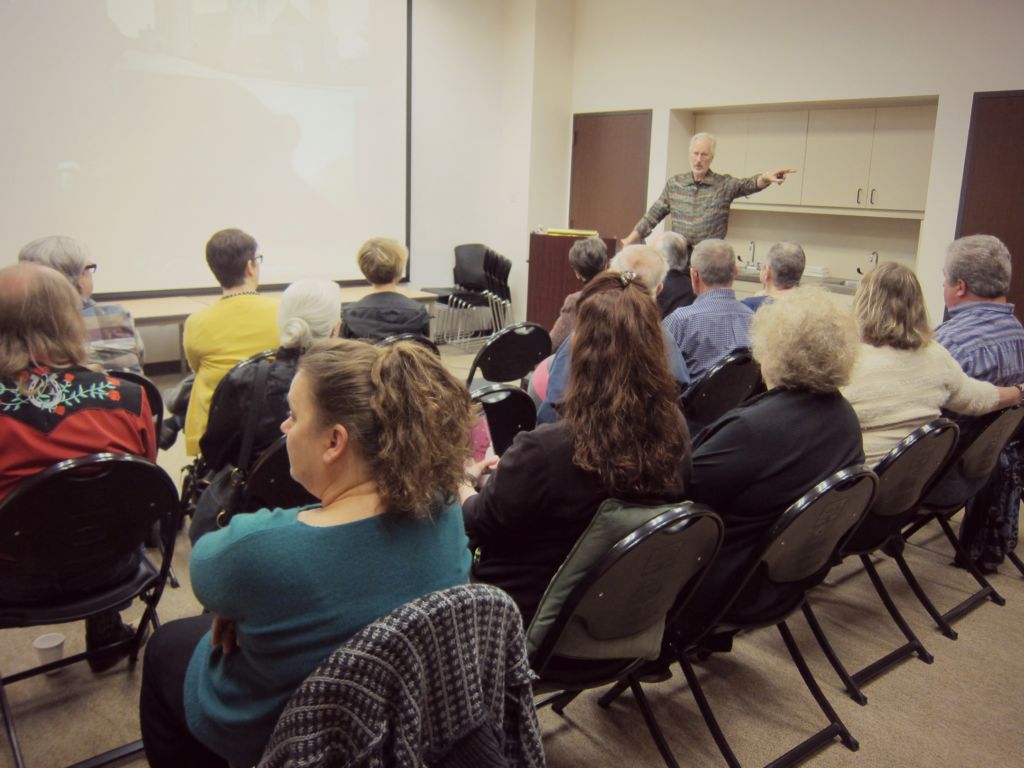
Catlin began his travels west in the 1830s to record the manners and customs of American Indians, both in visual and written form.
“Black and blue cloth and civilization are destined, not only to veil, but to obliterate the grace and beauty of Nature. Man, in the simplicity and loftiness of his nature, unrestrained and unfettered by the disguises of art, is surely the most beautiful model for the painter,—and the country from which he hails is unquestionably the best study or school of the arts in the world: such I am sure, from the models I have seen, is the wilderness of North America. And the history and customs of such a people, preserved by pictorial illustrations, are themes worthy the life-time of one man, and nothing short of the loss of my life, shall prevent me from visiting their country, and of becoming their historian.”
-George Catlin, Letters and Notes…, 1841
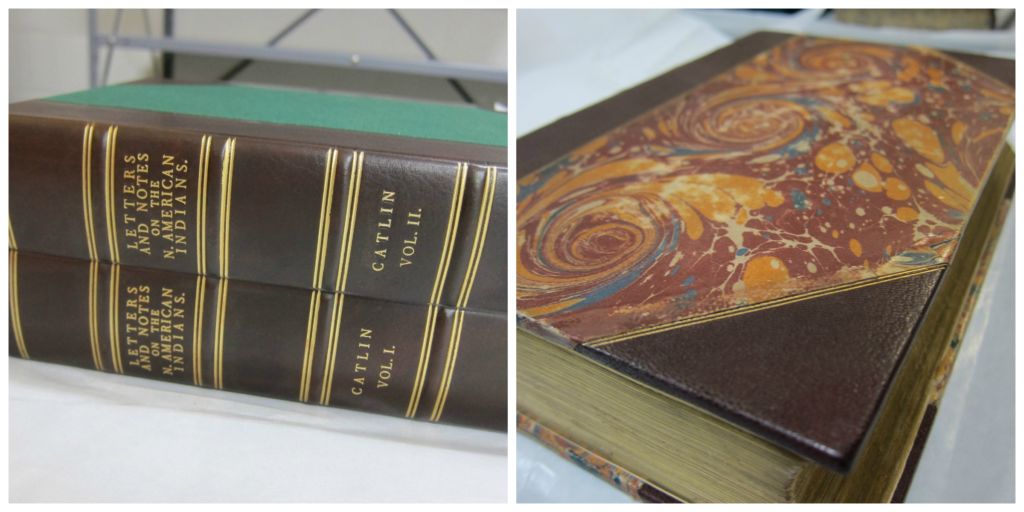
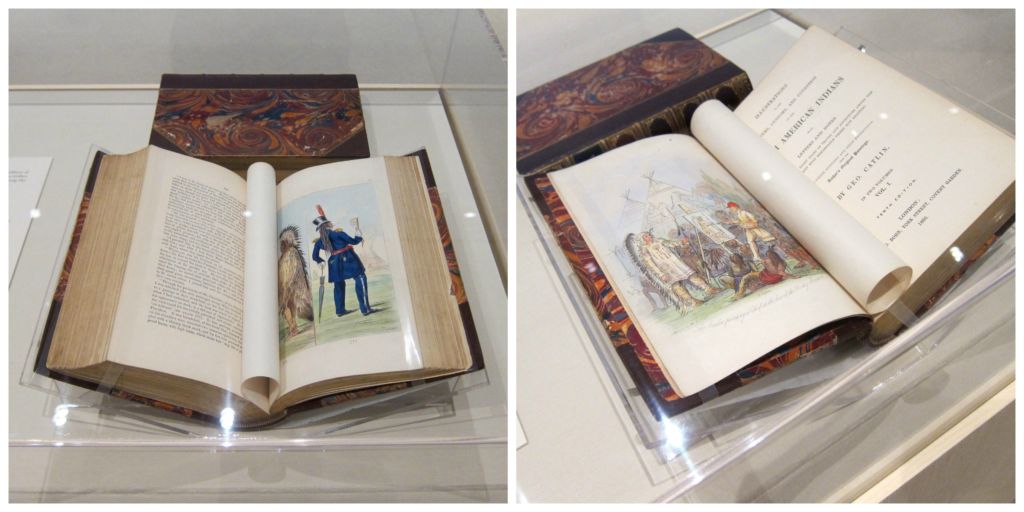
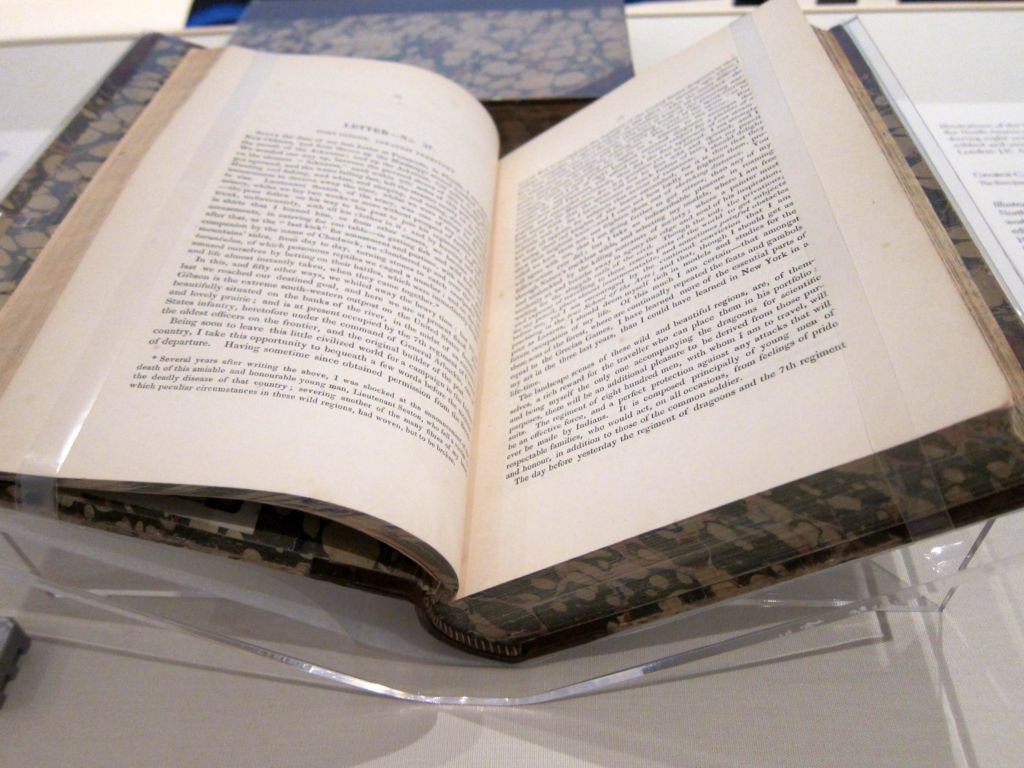
In addition to producing over 500 paintings, Catlin wrote letters to newspapers about his observations during his summer excursions. The artist later self-published these collected newspaper columns in 1841. The two volume book is titled Letters & Notes of the Manners, Customs, and Condition of the North American Indians. It was a hit! Readers and critics alike loved the book and it sold well. Unfortunately, the publication did not earn enough to pay for the extravagant production costs.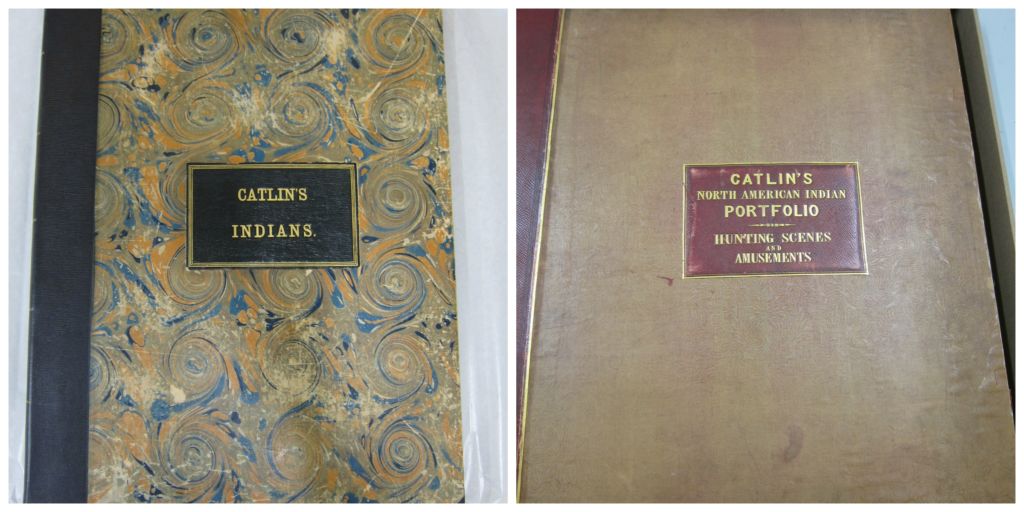
By 1844, Catlin began work on his second book, a large folio edition of his paintings in four parts with 25 lithographic prints in each. The four parts would include: hunting and amusement scenes; portraits and costumes; religious rites and ceremonies; warfare and its cruelties. The volume provided Catlin with a means of widening the audience for his advocacy of the American Indian.
To produce the prints, or plates, the artist contracted with the best lithographers in London – William Day and Louis Haghe. The first issue of Catlin’s North American Indian Portfolio included plates that were hand-colored, while the second issue (as in the copy displayed in our exhibition) had tinted plates. Both editions are now very rare. Again, Catlin received public praise, with critics citing the publication as “an artistic and historical volume of very rare merit” (The Times, November 26, 1844).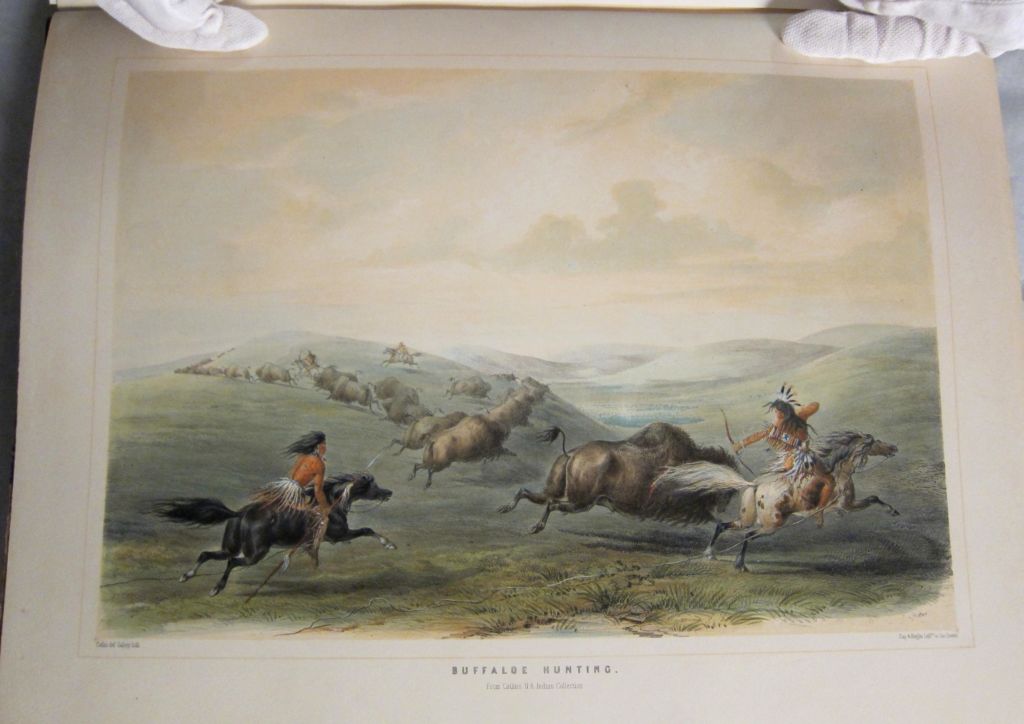
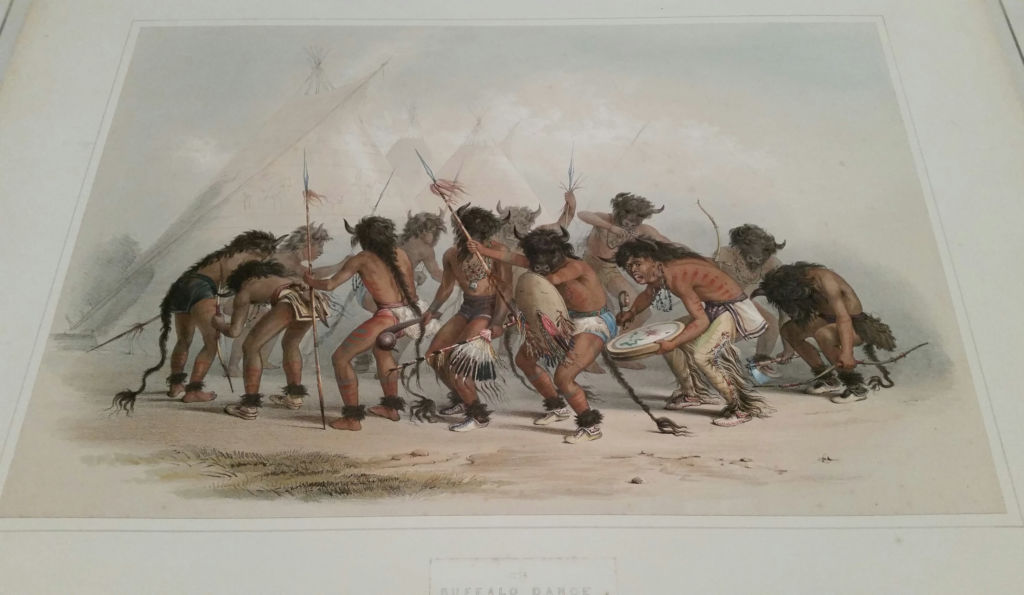
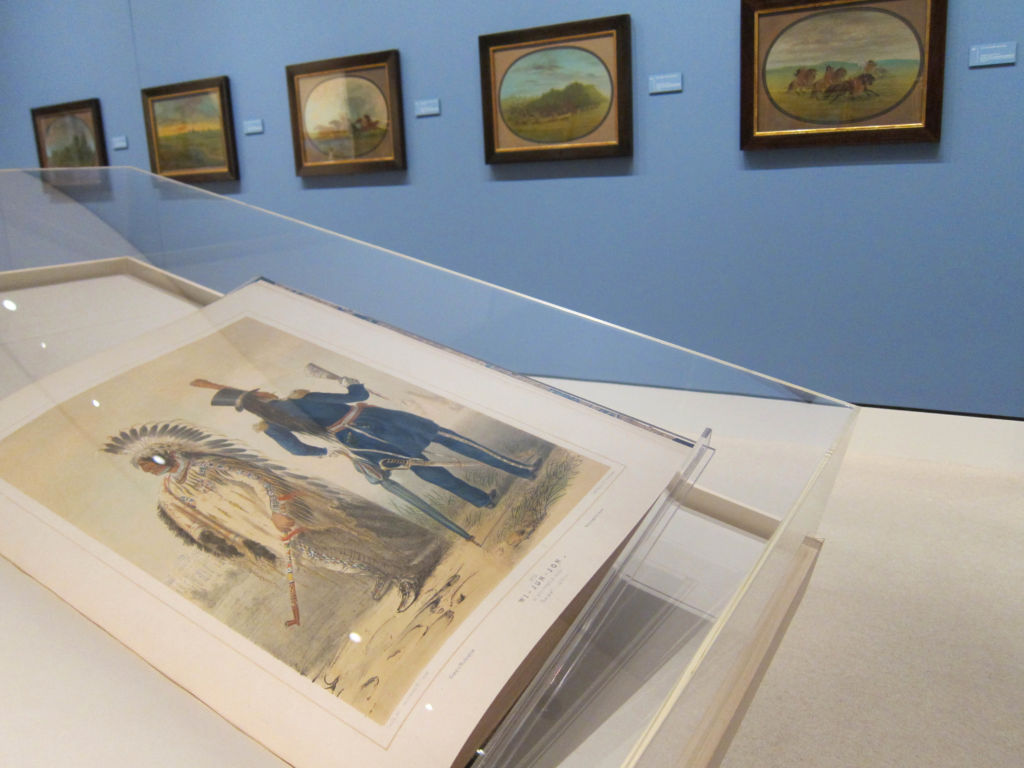
Unfortunately, from the costs of self-publishing both books and traveling an exhibit of his paintings and artifacts throughout the U.S. and Europe, Catlin became submerged in severe debt. He sold his first collection of paintings to Philadelphia Industrialist, Joseph Harrison, and his books to British publisher and bookseller Henry G. Bohn. By 1875, Chatto & Windus acquired Bohn’s rights to Catlin’s books. Today, one can find many different versions of Catlin’s books, but none as beautifully produced as those early rare editions.



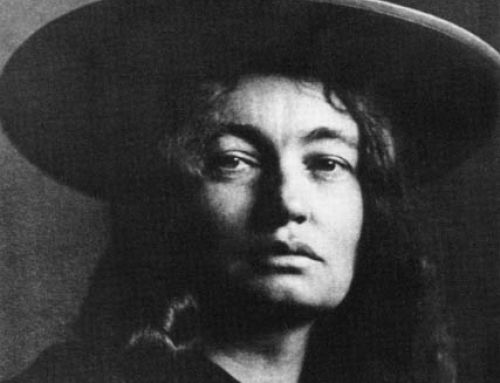
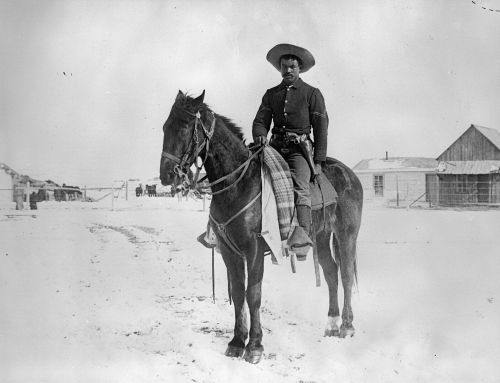
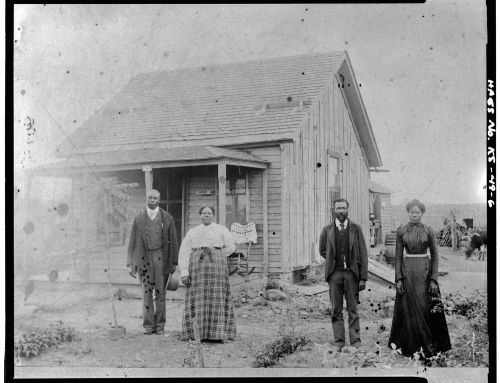
Leave A Comment